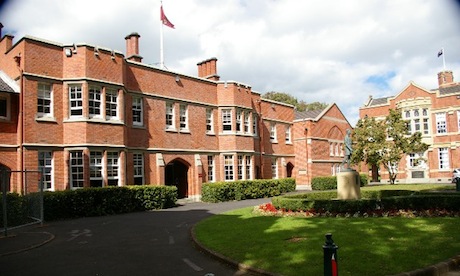Schools are bracing for the biggest changes to their funding in seven years, as officials measure how rich or poor their pupils’ families are.
The decile ranking system is intended to compensate adequately schools whose parents cannot afford to make big donations.
However, schools in rich areas are still about $1,000 a year better off for every student despite this Government funding that favours poorer schools, says Dr Cathy Wylie of the NZ Council for Educational Research who has carried out a survey of 177 schools.
A survey of five decile 10 and five decile 1 primary schools by the NZ Educational Institute, quoted by Dr Wylie in a book on inequality to be published next week, found the schools’ total budgets averaged $8,653 a student in decile 10 areas but only $7,518 a student in the decile 1 schools.
Another Fund available to schools allows students to sit assessments under special conditions. That could include a room to themselves to avoid distraction, being assisted by a reader-writer, use of braille, rest breaks, or computers.
In 2012, a total of 3418 of the 143,000 pupils who sat NCEA-level exams got special assistance. Private Auckland school King’s College, which regularly tops national academic tables, had 180 pupils sitting NCEA exams last year. Of those 44 qualified for special exam conditions.
By comparison, neighbouring school Otahuhu College, which is decile 1 and had four times as many NCEA candidates in 2012, had no SAC applications.
School decile ratings have not been reviewed since the 2006 because the census was delayed two years by the Christchurch earthquake.
The Ministry of Education told the Herald on Sunday that school decile ratings will be reviewed next year and related changes to funding will be applied in 2015.
Source
